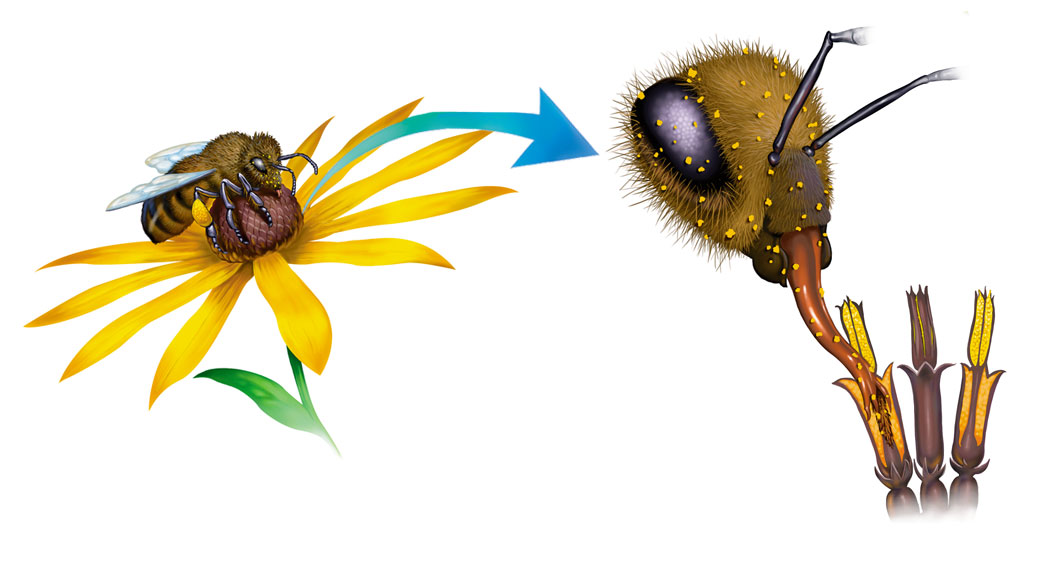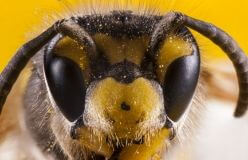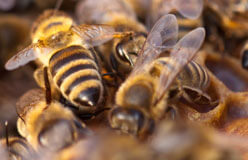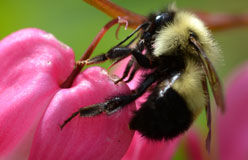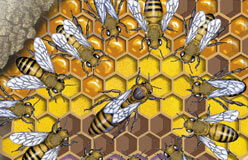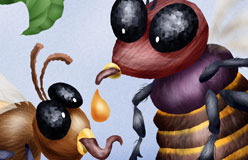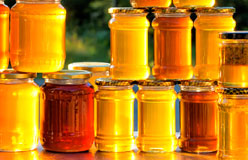Imagine yourself on a sunny day in a meadow, surrounded by sunflowers, wildflowers, and dandelions.
The air is fragrant with the smell of ripe blossoms and noisy with the buzzing of bees. Thousands of them are hard at work. They’re gathering nectar and pollen for the hive and spreading some of the pollen from plant to plant.
The color and scent of flowers attract bees and other insects. Pollen, the powdery yellowish substance inside flower blossoms, contains male reproductive cells. When a bee lands on a flower, pollen sticks to the hairs on its body. When it flies to the next flower, the pollen sticks to that flower’s female cells. This joining of male and female cells is called fertilization. Without fertilization, new plants or flowers could not grow.
Meanwhile, the nectar that a bee sucks up with its tongue is brought back to the hive to be used for honey making. After delivering the nectar to the hive, a bee sets out again immediately. Honeybees visit between 60,000 and 90,000 flowers to collect enough nectar to make just a thimbleful of honey. There’s a reason for the expression “busy as a bee”!
Shall We Dance?
Honeybees use specific “dances” to direct other bees to the best sources of food. Here’s a description of the two most common dances of the honeybees. ▼
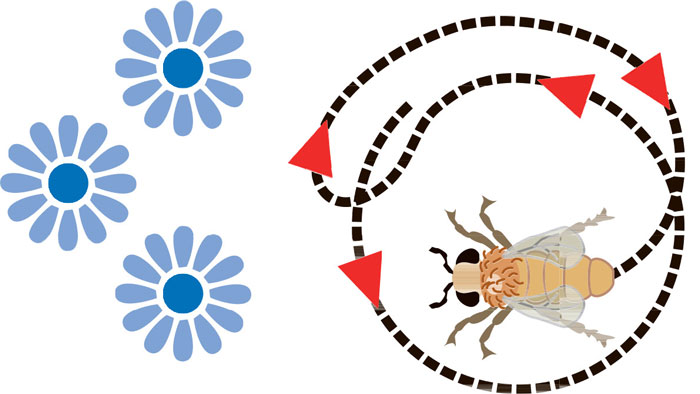
The Round Dance
◀ The bee circles first in one direction, then the other. The exact location of the nectar is not specified, just the fact that it is close by—100 yards away or less.
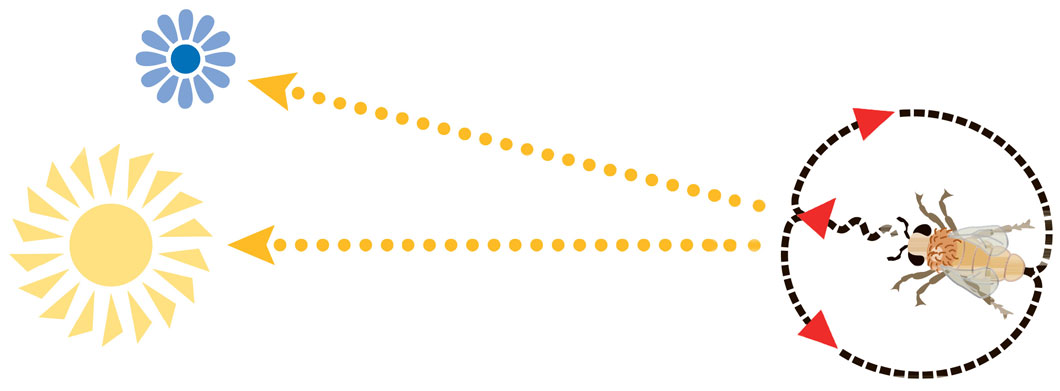
The Wagging Dance
▲ When the food source is farther away, the bee’s dance acts as a kind of map. The bee dances a half circle in one direction, turns, and moves in a straight line while wagging its body. Then the bee dances a half circle in the other direction, completing, more or less, a figure eight. The wagging dance communicates both the distance and the location of the food source. The direction the bee moves while wagging is the direction, relative to the Sun, of the food.
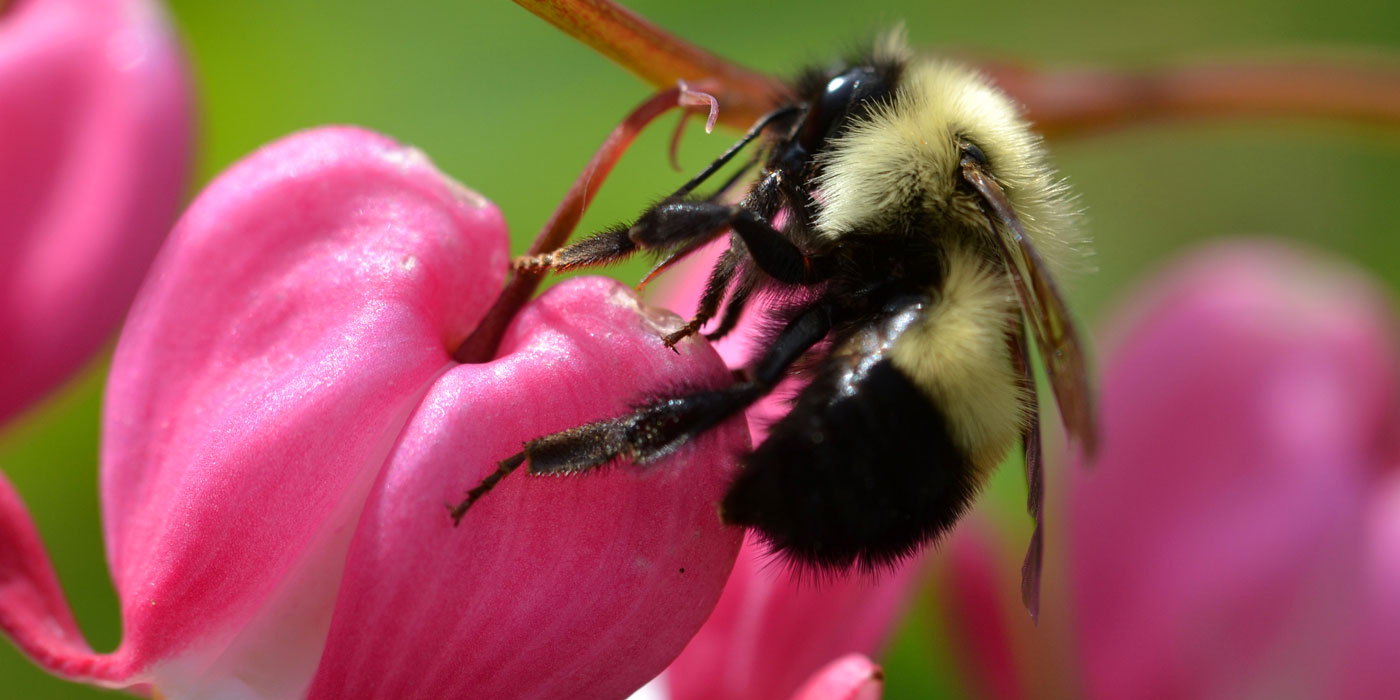
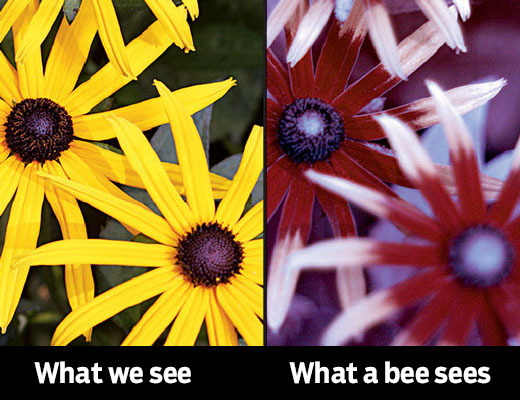
◀ With their compound eyes, bees have ultraviolet vision. That lets them see patches, or guides, on flowers, which indicate when there’s plentiful nectar inside.
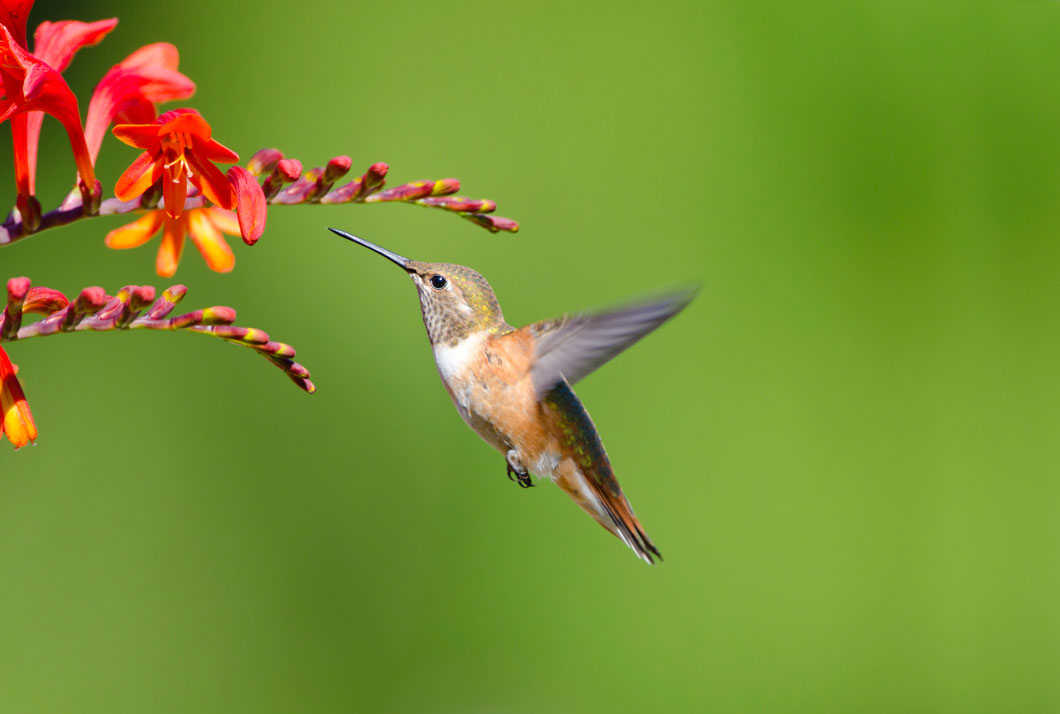
▲ Bees aren’t capable of seeing the color red, but birds are. So it’s birds, not bees, that pollinate red flowers.

▲ Bees pollinate more crops than any other insect does. Here are just some of the fruits and vegetables you’d have to give up eating if not for bees.
